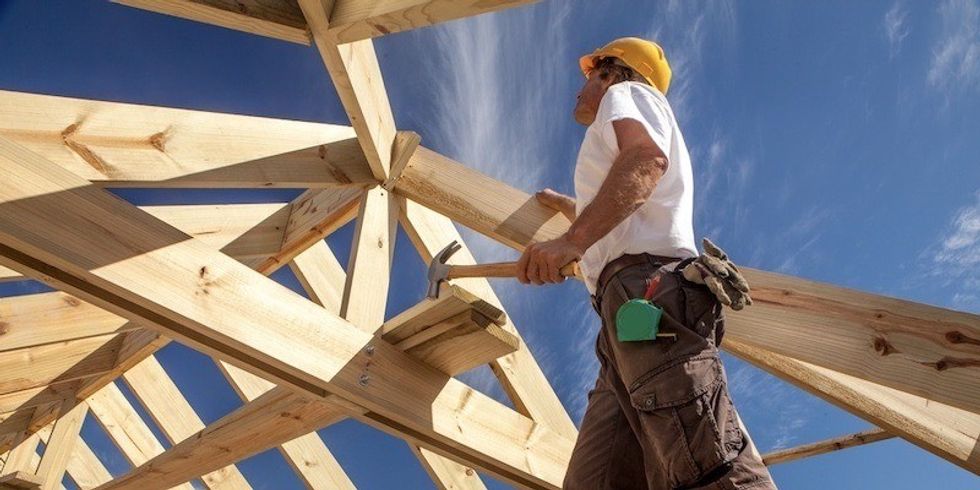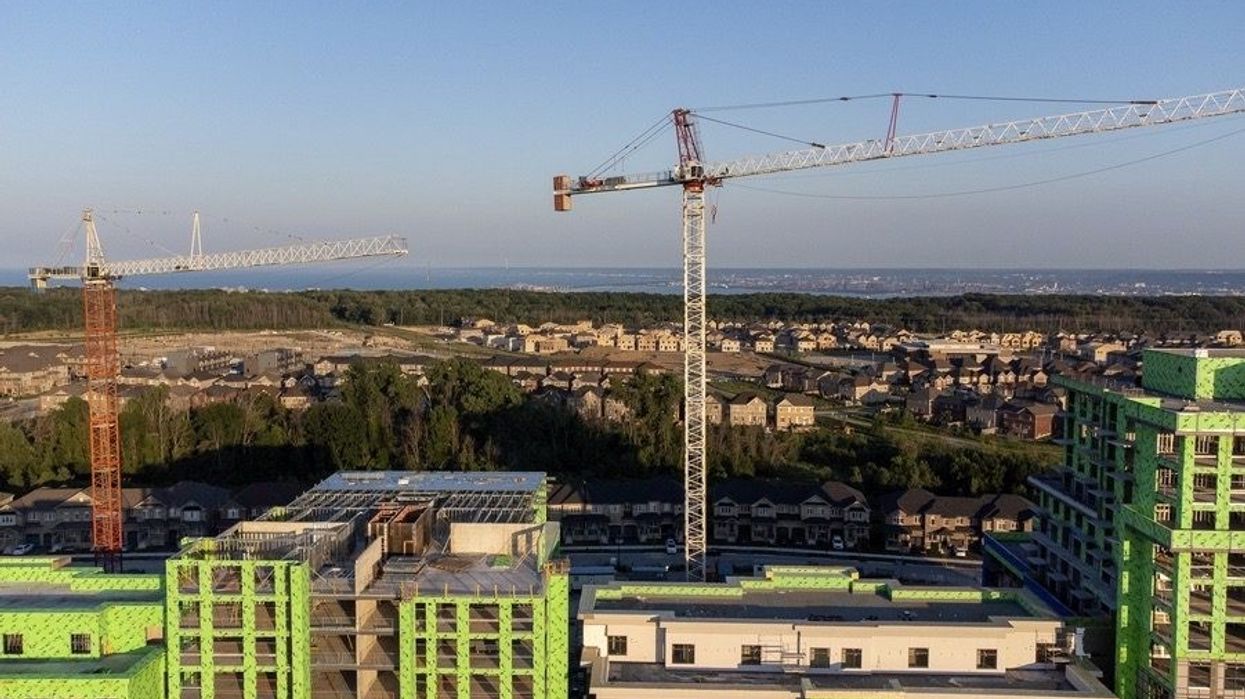There are plenty of challenges facing the construction industry in Ontario these days, namely supply chain issues, the soaring cost of materials, climate change, the extensive labyrinth of approvals that developers must overcome to get housing built and, of course, the ongoing threat posed by the pandemic.
However, another very real and daunting issue constantly looming over the industry is the skilled trades shortage. It could be the biggest hurdle that must be overcome and threatens to derail our recovery.
Up to a third of skilled trades in construction are nearing retirement and reports show that we face a shortfall of more than 100,000 construction workers over the next decade. The industry is already feeling the effects and if we fail to get more youth into the industry, we’ll be in for trouble.
READ: Supply Chain Issues, Volatile Material Costs Continue to Impact Construction Industry
Nowhere is this felt more than in Ontario’s residential construction sector where contractors depend on workers with specialized skill sets, such as in the carpentry-related trades, low- and high-rise forming work, concrete and drain, sewer and watermain, bricklaying, and finishing trades.
A report by BuildForce Canada indicates that an estimated 92,500 workers in the construction industry are expected to retire over the next decade -- the equivalent of 21% of the workforce -- and that based on projected new registrations and completion trends, there might be shortages in several trades. The report notes that an ongoing commitment to training and apprenticeship development will remain necessary to avoid potential future skills shortages in the industry.
Training the next generation of workers is paramount to keep our industry in good health. To fill the jobs, we must do a better job of letting youth know about the opportunities in our industry and get them into training. If we don’t succeed, homes will not get built and the economy will suffer.
There are two ways to get us out of the predicament. One is bringing in more skilled trades via immigration. We have always relied on immigration to bolster the trades, especially in residential construction and we must ensure that the pipeline of workers from other countries is allowed to continue.
The provincial government has requested that the federal government double the number of potential immigrants that can be brought in under the Ontario Immigrant Nominee Program (OINP). Under the present system, Ontario can only nominate about 9,000 candidates a year. This would be helpful because increasing the number of immigrants under the OINP would give the province flexibility to bring in more immigrants to fill in the demand for workers with specialized skill sets.
In the federal election, the Liberals promised in their platform to amend the Immigration and Refugee Protection Act to give the minister influence to pick permanent resident candidates who best meet the needs of labour markets. We are hopeful that this will be done soon, as it would also help.

The other way to get more people to take up a skilled trade in construction is by promoting the industry to women and individuals from Black, Indigenous and People of Colour (BIPOC) communities.
Women presently make up only 6% of construction skilled trades in Ontario and figures from 2020 show that Indigenous people account for only 2.7% of the construction workforce. We must do better in getting individuals from underrepresented groups into the industry.
The province recently announced it is setting aside an additional $90 million for the trades sector. Some of that money will be used to enhance the Ontario Youth Apprenticeship Program, which will deploy 63 additional recruiters to more than 800 high schools to teach youth about the skilled trades.
This is an important step because guidance counsellors and educators will be provided with more information about careers in the trades, and they will be able to reach youth who are making career decisions.
RESCON has taken aim at the problem. We have made diversity, equity, and inclusion of underrepresented groups a priority.
In October, we held a webinar that featured a panel of women working in the trades who explained their experiences on the job. In the spring, we launched a BIPOC youth advisory committee, and in November we started a #BIPOCinConstruction testimonial campaign to let diverse and racialized youth know that the industry is a viable career option. The campaign featured stories from BIPOC youth who explained how they got into the industry and why they like working in construction. You can read more about the campaign here.
The stigma around the trades is slowly changing. Although on-site work is still part of construction, we are now very much a technology industry, with building information modelling, digitization, and the use of drones and advanced equipment on sites. There are plenty of career paths available to youth and women.
By 2025, it’s estimated that as many as one in five jobs in the province will be in the skilled trades. While there are many initiatives underway to avert a shortage, it’s clear we still have a lot of work to do.





















